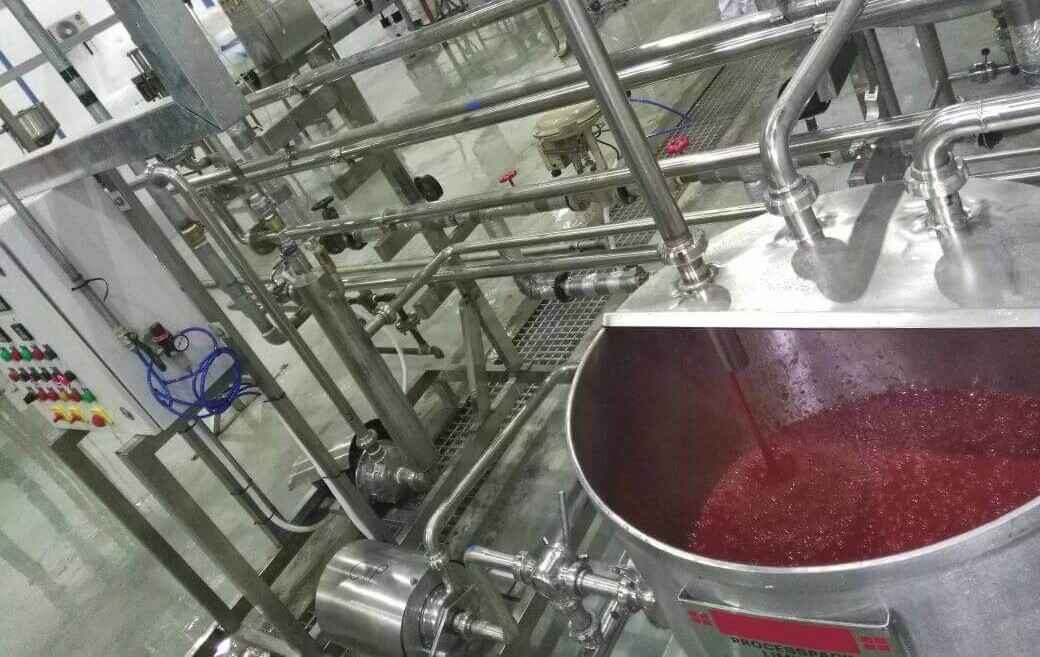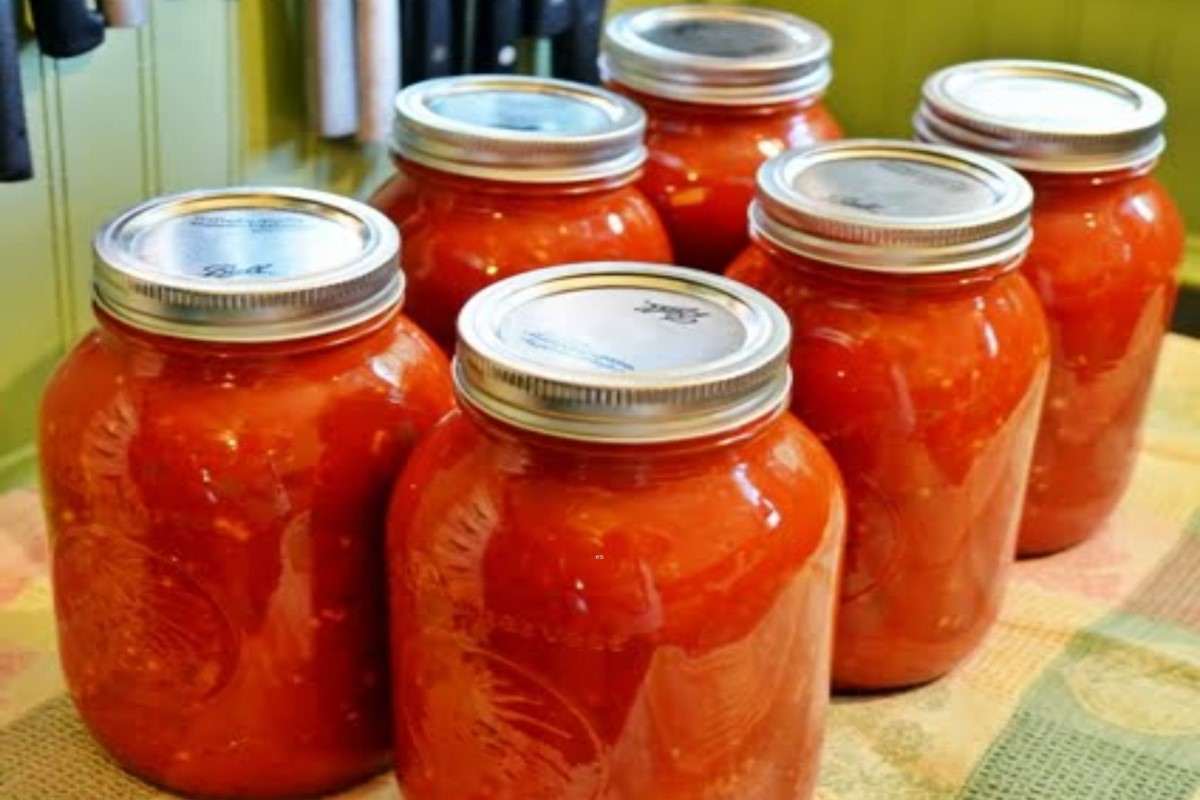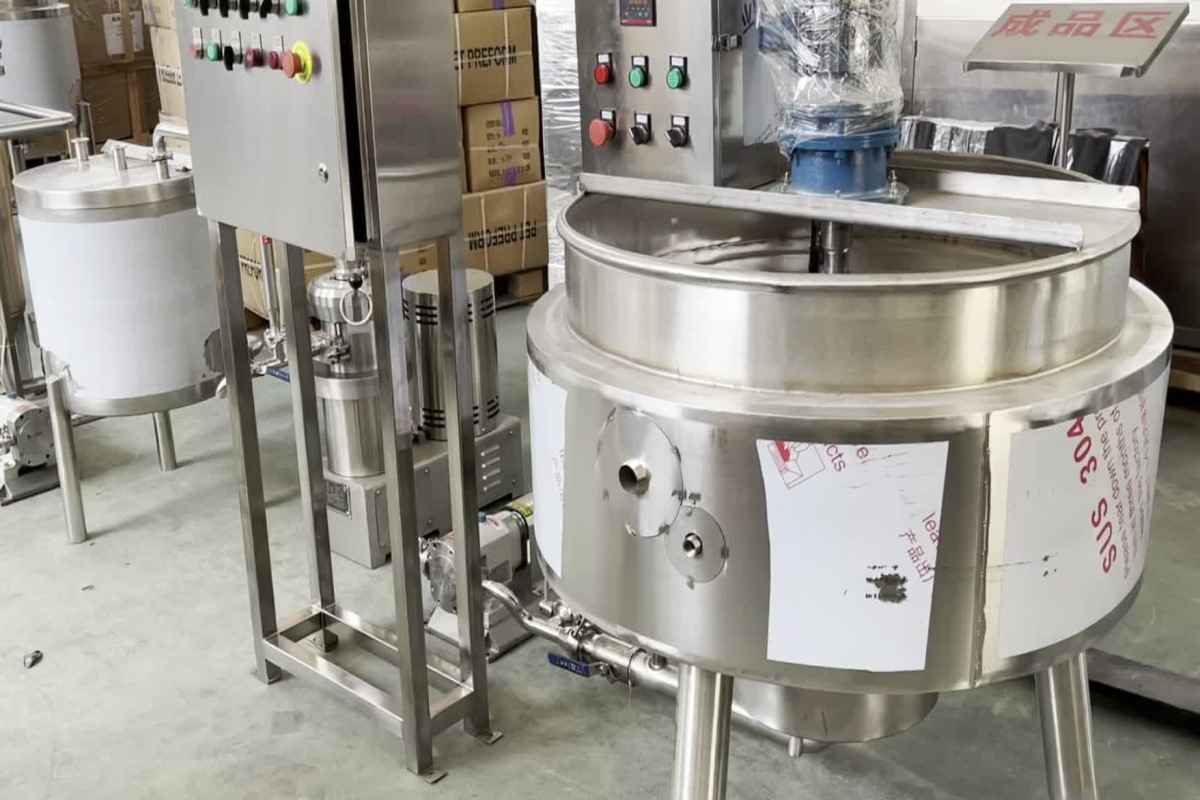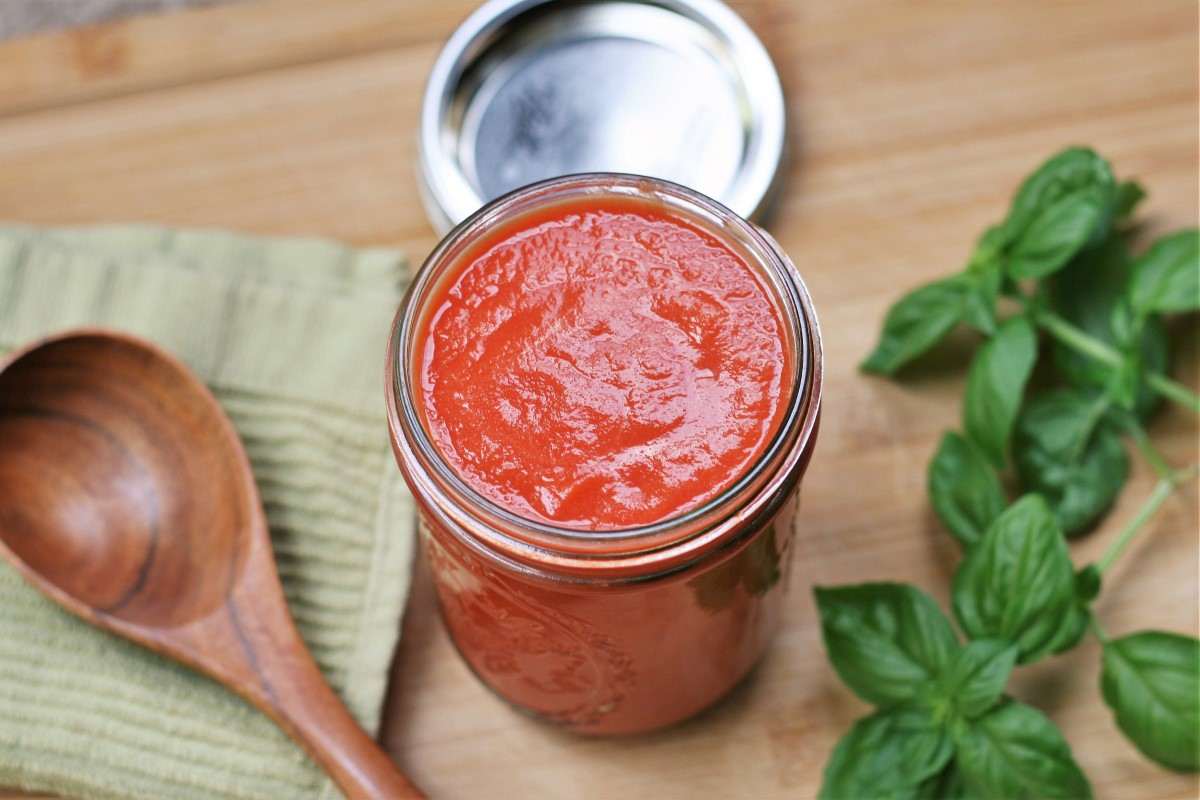For making healthy organic goods or products such as tomato paste, there are many machine types of equipment with various functions. These types of equipment are producing substances of great quality.
One of the most lucrative production lines is the tomato paste production line, which can be designed and carried out in a variety of ways, such as the industrial and organic tomato paste production line, the traditional paste production line, and a variety of other options.
The production line for industrial paste makes use of some very large machines, which we will go over in more detail in the following paragraphs.
Tomatoes and tomato paste have long been considered summertime necessities that can be found in every kitchen around the world.

The technique of dewatering and the amount of moisture that remains in the product residue make up the most important and lucrative component of this production line.
In this article, we plan to discuss various devices that play an important role and are required by this production line.
Creating tomato paste as a product
Having complete information about smaller samples and testing it out in some cases is the best and safest way to make a large investment. This type of investment offers the greatest potential return.
The first step in beginning a production line for tomato paste is to develop a high-quality tomato paste production process. There are a few distinct approaches that can be taken when making tomato paste, each of which yields its own unique end product.
In order to select the appropriate formulation for tomato paste, we must first determine the type of tomato paste that we intend to manufacture, be it industrial tomato paste, traditional tomato paste, organic tomato paste, or even aseptic tomato paste.
Today, the production of industrial tomato paste is managed by large and reputable brands; however, beginning a production line for traditional paste can be an appealing and lucrative idea!
You need to be familiar with the process of making tomato paste if you want to start a production line for organic or traditional paste and you must be familiar with the process. In the following, we will go over each of these steps in more detail.
Tomato paste production in its various stages
In the following section, we will discuss the stages involved in the production of tomato paste for large-scale production lines. In production lines with fewer stations, you can get away with using fewer devices that have lower capacities.

wash
The tomatoes need to be washed before moving on to the next step in the production process for tomato paste. There are several different capacities available for washing tubs, as well as automatic, semi-automatic, and even fixed level options.
Large washing tubs that clean the product automatically are typically used in production lines that are relatively lengthy. In most cases, washing tubs are constructed to have two distinct stages: one for collecting mud and another for rinsing.
Sorting
During the stage of sorting, the tomatoes are spread out on the inspection tape, and any extraneous items, such as branches and leaves, as well as spoiled and moldy tomatoes, are removed so that the consistency of the tomato paste is not altered.
Dehydration
The production line is broken up into several stages, and this particular stage is one of the most important stages.
At this point, the level of roundness of the product should have reached its minimum, and the tomatoes should have as much liquid drained from them as possible.
Tomato juicers are available in models that are semi-automatic as well as fully automatic, and they come in a variety of capacities.
In the production line for large tolbods, an automatic tomato juicer with a high capacity and other desirable features is used.
Condensation
At this point, the excess tomato juice is driven off by the heat, resulting in a paste that has a higher viscosity after it has been extracted from the paste machine.

Tomato juice is combined with the other necessary ingredients to produce a substance that is more concentrated.
The kind of paste you make and how it is formulated determines which ingredients are added to the product at this point in the process. At this point, the tomato paste that you made is ready to use.
The line for the industrial production of tomato paste
Following the production of tomato paste, the industrial and large lines use machines for product pasteurization and can washing, both of which will be discussed in more detail in the following paragraphs.
Pasteurization
At this point, the product that has been removed from the concentrator will be subjected to pasteurization, during which all of the inactive microbes and bacteria that may have been present in it will be eliminated.
salt can
At this point, the cans or lungs are cleaned with an antiseptic solution and made ready to be stuffed with tomato paste.
The process of filling and capping
These two steps are typically completed in a single continuous line. The bottles or cans are placed on the conveyor belt that is specific to the device, and the filling process is carried out by nozzles in an automated fashion.
At this point in the process, you have the option of using automatic half-fillers, as well as ones that are manual or desktop models for smaller production lines. The final step involves putting tomato paste into the jars and then moving on to the next stage.

If the containers are made of glass, the lid holders come first, followed by the lids. Cans and jars have very different tops on their respective lids. When using cans, the lid must be pressed down.
Registration of information regarding the manufacturer
During this stage of the process, the information is entered using jet printers or date machines. The number of lines that we plan to record on the jar of pastes is what differentiates these two types of recording devices from one another.
Following the inputting of the data, we use the labeling machine to affix the label that is unique to the product’s brand and our business to the appropriate cans or glasses.
final packaging (mother carton)
At this point, the cans are packaged into sets of six, twelve, or even more altogether. The shearing machine is responsible for the packaging that comes with this step.
The cellophane (also known as polyethylene) is reduced in size by the tunnel shearing machine, which employs heat to contract the material.
Getting a production line for homemade tomato paste up and running
The number of machines used in the production line for homemade tomato paste is extremely low, and you can have a production line for homemade tomato paste based on the cost that you have allotted for this undertaking in your budget.
At this level, the capacities of the devices, as well as the automatic and semi-automatic types, can be altered and customized to meet individual needs.

The total amount of the production line’s net profit from tomato paste
The amount of profit that can be made from using this production line is contingent on a variety of factors. The cost of tomatoes and their availability of them should be the first thing that you consider when making your decision.
The amount of profit and the determination of price are both influenced by the cost of purchasing raw materials at a low price.
This point will help you out in the beginning, so keep it in mind. The more automated your production line is, the fewer people you will need to work on it.
Produce a special product!
The production of industrial tomato paste is currently at a high level of saturation, and many well-known and prosperous brands are engaged in profitable activities within this market.
The production of traditional paste, the production of high-quality tomato paste, or even choosing a special name or a different taste are all ways in which you can significantly increase your net profit.









Your comment submitted.